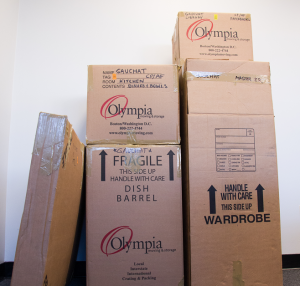Preparing to move house may feel like an overwhelming chore, but if you approach it in a focused, organized way it can be a lot easier than you think. You may not relish the thought of moving out but if you take these tips on board you’ll see how, with the proper planning and organization, you might even enjoy the process. After all, the door to your new house is waiting to be opened and that’s a cause for celebration.
This blog was written by Angela Pearse, a blogger for Zumper.com.
1. Should You Hire Movers or Move Yourself?
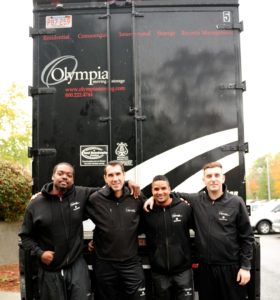
If you’re looking for a simple solution for your moving woes, then it’s always worth hiring professional movers. Rather than getting frazzled about how you’re going to get your possessions from A to B, let the experts take care of it. Book them in, then all you have to worry about is getting your stuff packed up. Preparing to move is stressful enough, let the professionals deal with the rest.
2. Create a moving checklist
The reason people get stressed about moving is because they leave everything until the last minute and then there’s a mad rush to pack everything up. Start at least a month ahead of moving day and create a moving checklist of all the tasks that need to be done. Ticking off completed tasks week by week will make you feel in control and on top of your packing before the truck arrives. Follow this 9-week checklist for a smooth relocation.
3. Set-up a moving budget
Money, or lack of it, is also a common stress factor when moving out, so do up a list of all the costs involved in the move so you can make sure you have enough cash. Add things like the cost of the movers, packing boxes & tape, utility connection fees and the like. If you have a cat or dog will you need to house them in a kennel or cattery while the move takes place? Add this cost to your moving budget.
4. Transferring Your Information
You’ll need to notify your utility companies about your change of address well in advance so they have time to make the transfers. Not having power or gas when you first move in to a new house can make for a miserable few days while it gets sorted. Don’t forget to notify your employer, doctor, dentist and any other service providers you use, plus your family and friends, of your new address.
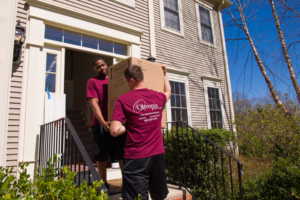 5. Measure the new place
5. Measure the new place
While preparing to move, it’s easy to make assumptions that all your furniture will fit perfectly into a new house but sometimes this isn’t the case. It may not be practical to visit your new home to measure up spaces if it’s in another state, but if it’s local then it’s a good idea to do this. If your current furniture doesn’t fit you may need to sell what you have online and order new furniture, but knowing in advance will make things less stressful.
6. Sort through your stuff
You can eliminate two stress factors, lack of money and too much stuff, by sorting through your possessions and decluttering your house before you start packing. Paring down the amount of stuff you have when you’re preparing to move will make it easier to pack, and the less stuff you have, the less it will cost you to move it.
7. Make hard decisions
Deciding what to keep and what to toss is a lot easier if you apply some rules to the proceedings, and make two piles ‘keep’ and ‘don’t keep’. For instance, to keep it you have to have worn it or used it once in the past year. A pile of tops you’ve worn once in the last five years will go in the ‘don’t keep’ pile, likewise so will a hand-me-down cake mixer from your sister you’ve never used.
8. What to do with stuff you’re not keeping
Now that you’ve sorted through all your stuff and have items that you haven’t used or are unlikely to use and that are still in good shape, why not consider selling them online, donating them to charity, hosting a garage sale or recycling them? Selling what you can online will top up the amount you have in your moving budget, and donating to charity will make you feel good.
9. Gather moving supplies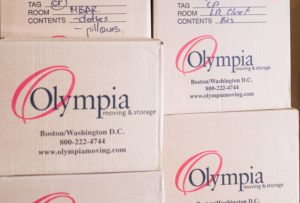
Now you’ve decluttered it’s time to start packing, but you’ll need moving supplies to do so. This includes packing boxes, bubble wrap, newspaper, packing tape, sticky labels and a marker pen. You could beg steal or borrow from friends but a much easier solution is simply to order what you need online.
10. Pack and label boxes
Pack the items in each room, apart from the furniture, into boxes and label the boxes as you go. You may want to keep an itemized online spreadsheet for each box so you know what’s in it, and also for insurance purposes if anything goes missing.
Here are some takeaway tips to keep in mind to ensure you have a positive and rewarding moving experience.
- Plan ahead and get organized early on
- Clear out the clutter first
- Sell or donate what you can
- Ask for help from friends and family
- Take time to say goodbye
- Eat well and get enough sleep
- Try to go with the flow
If you are ready to start the moving process, call for a free moving estimate at 800-222-4744 or request an estimate online.


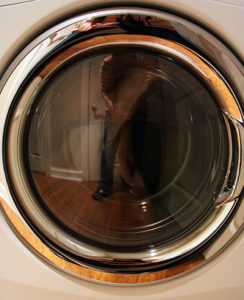
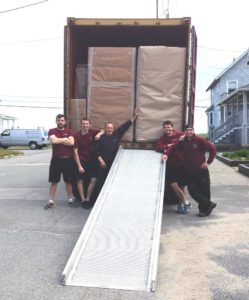
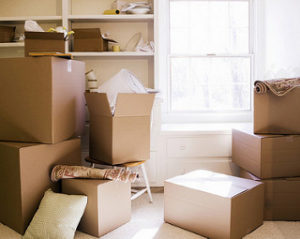
 Decide On A Style For Your New Place
Decide On A Style For Your New Place

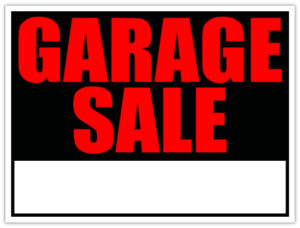

 the small valuable things close to you so you can keep any eye on them.
the small valuable things close to you so you can keep any eye on them.

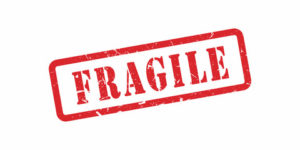


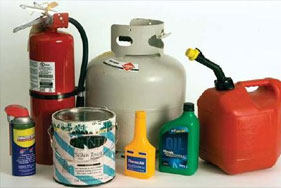 For the safety of your shipment, there are several items that are illegal to move on our moving trucks. These items are flammable or combustible, so they cannot be moved on the truck as a safety precaution to prevent fires. Other items, such as cleaning agents and bleach, are both flammable and if they leak they could potentially ruin your furniture on the shipment. Be sure to discard these items before your move or move them in your own vehicle.
For the safety of your shipment, there are several items that are illegal to move on our moving trucks. These items are flammable or combustible, so they cannot be moved on the truck as a safety precaution to prevent fires. Other items, such as cleaning agents and bleach, are both flammable and if they leak they could potentially ruin your furniture on the shipment. Be sure to discard these items before your move or move them in your own vehicle. Although the crew is trustworthy and careful, we recommend transporting your small valuables and irreplaceable items as well as items that contain personal information in your own vehicle. Also remember to pack items that you may need during the course of your move, such as medication, closing documents, and laptops, to take on your own. Items that should not be moved on the truck include:
Although the crew is trustworthy and careful, we recommend transporting your small valuables and irreplaceable items as well as items that contain personal information in your own vehicle. Also remember to pack items that you may need during the course of your move, such as medication, closing documents, and laptops, to take on your own. Items that should not be moved on the truck include: If you are doing a multi-day or long-distance move, there are many items that should not be moved on the truck because they may be ruined in transit due to temperature changes on the truck. These items include:
If you are doing a multi-day or long-distance move, there are many items that should not be moved on the truck because they may be ruined in transit due to temperature changes on the truck. These items include: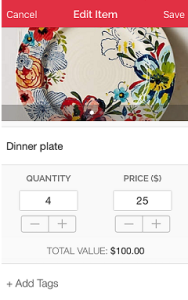
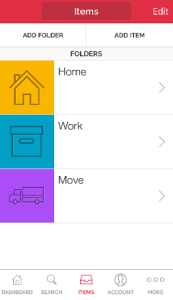
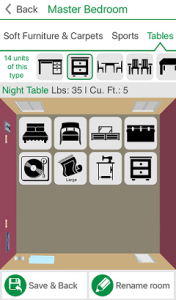
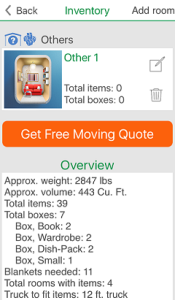
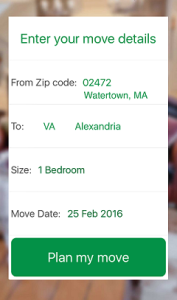

 Are you a wine enthusiast preparing for a relocation? Have you considered how to move a wine collection you have been amassing over the years?
Are you a wine enthusiast preparing for a relocation? Have you considered how to move a wine collection you have been amassing over the years?